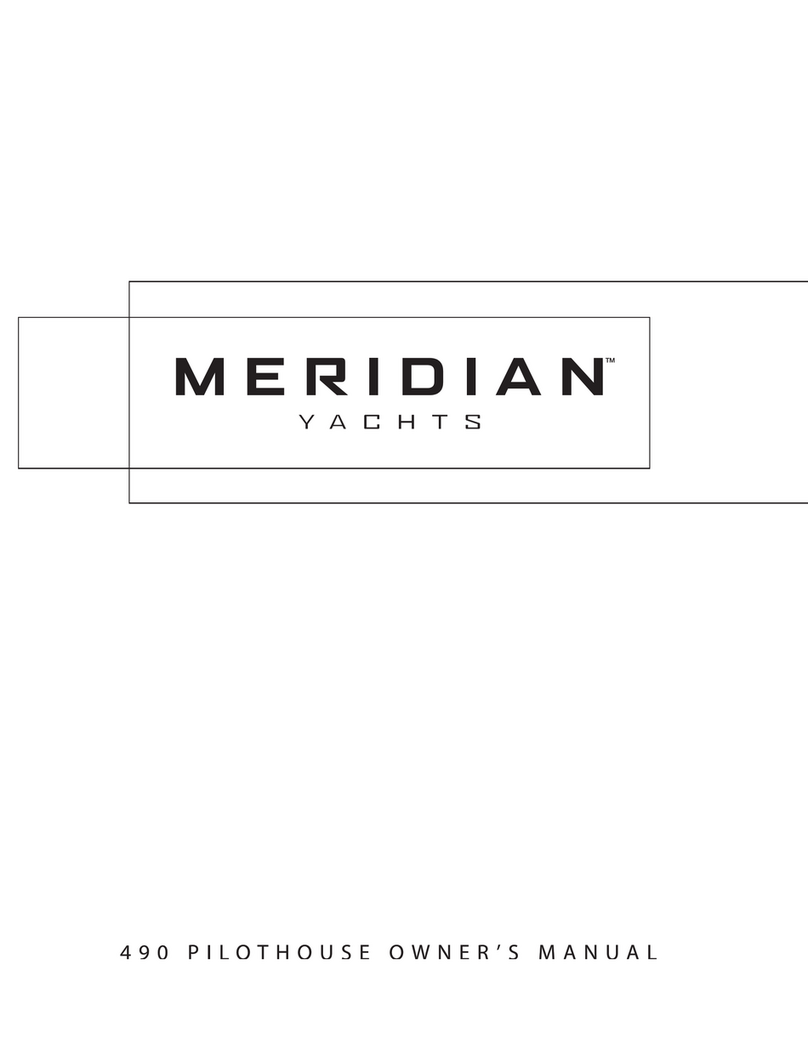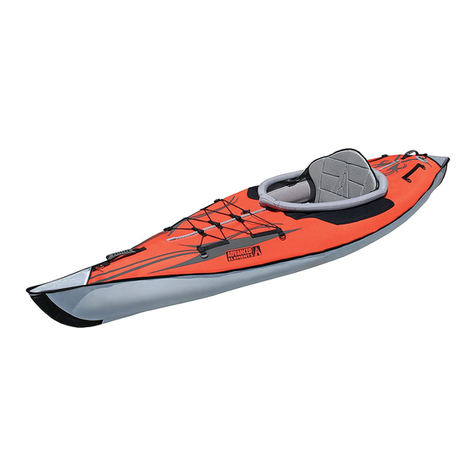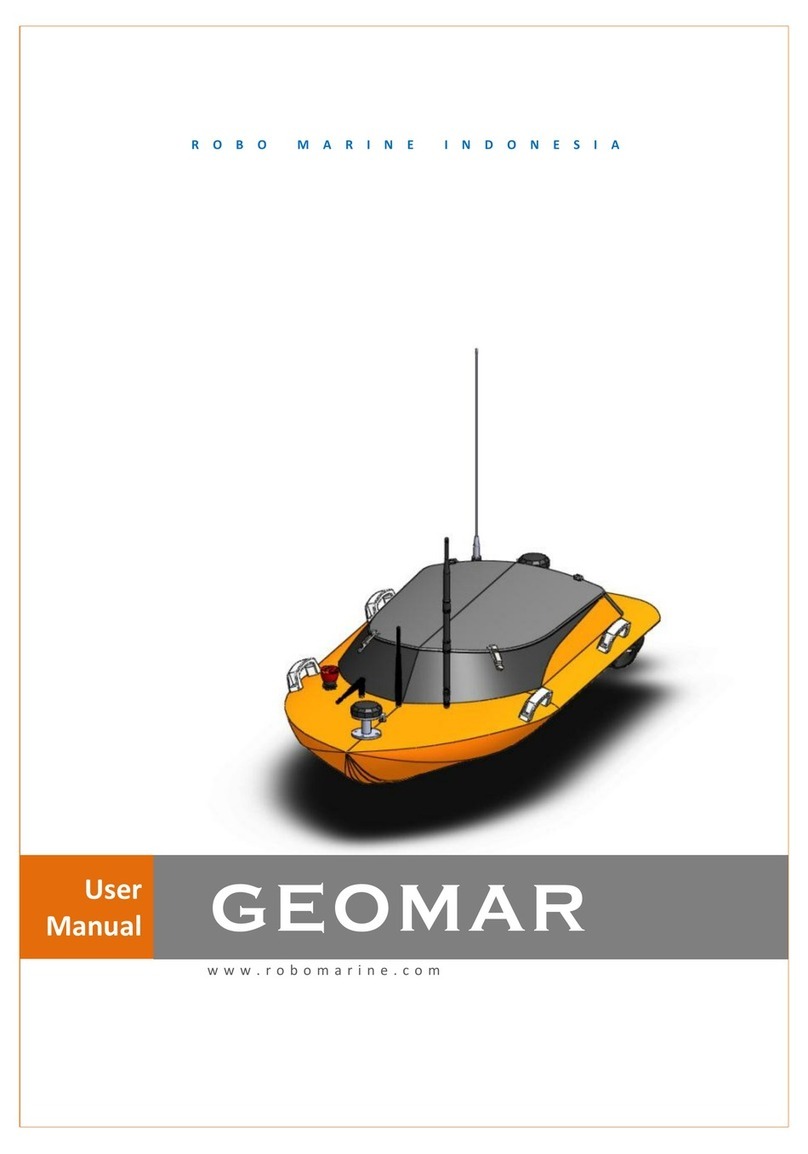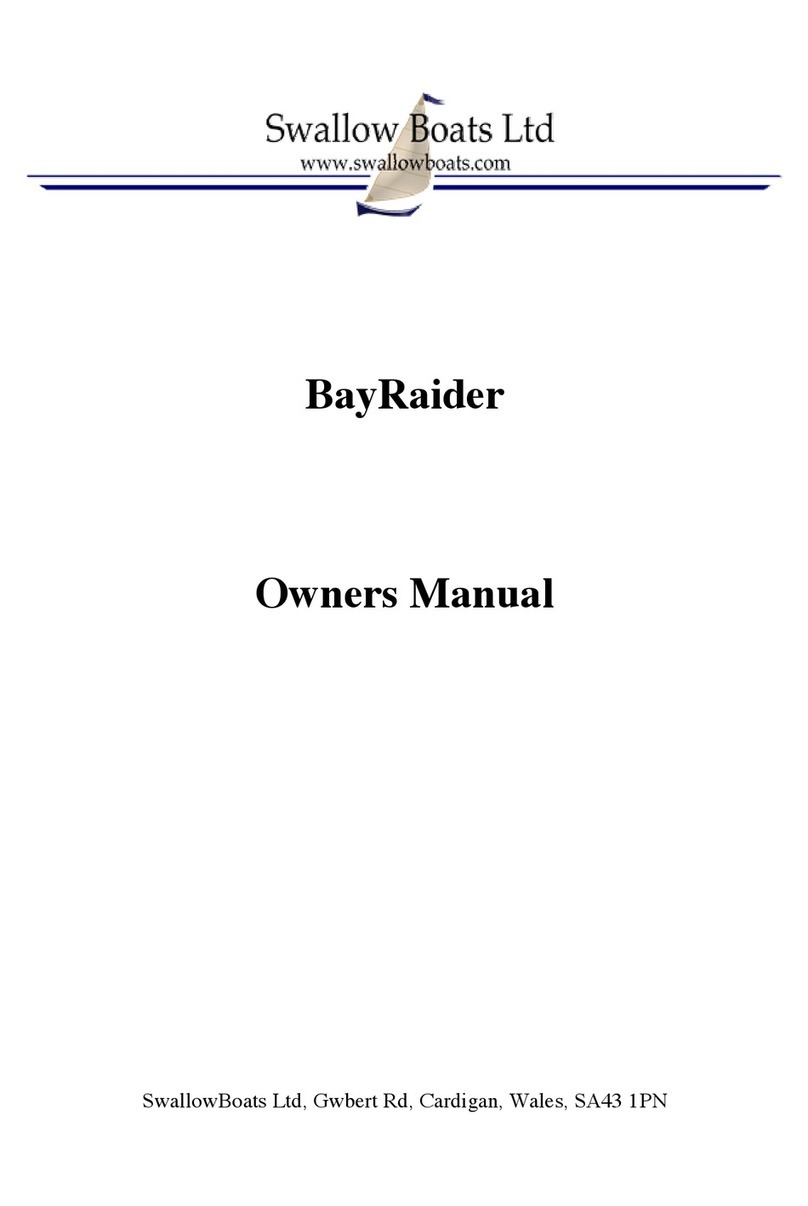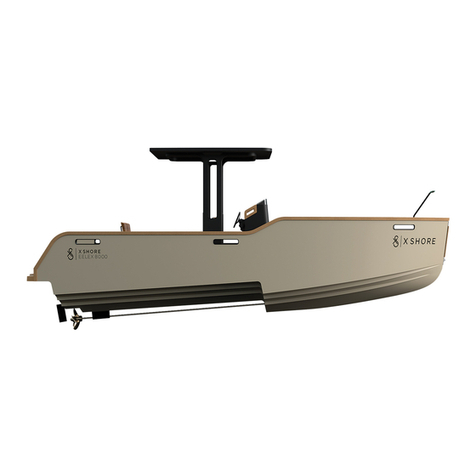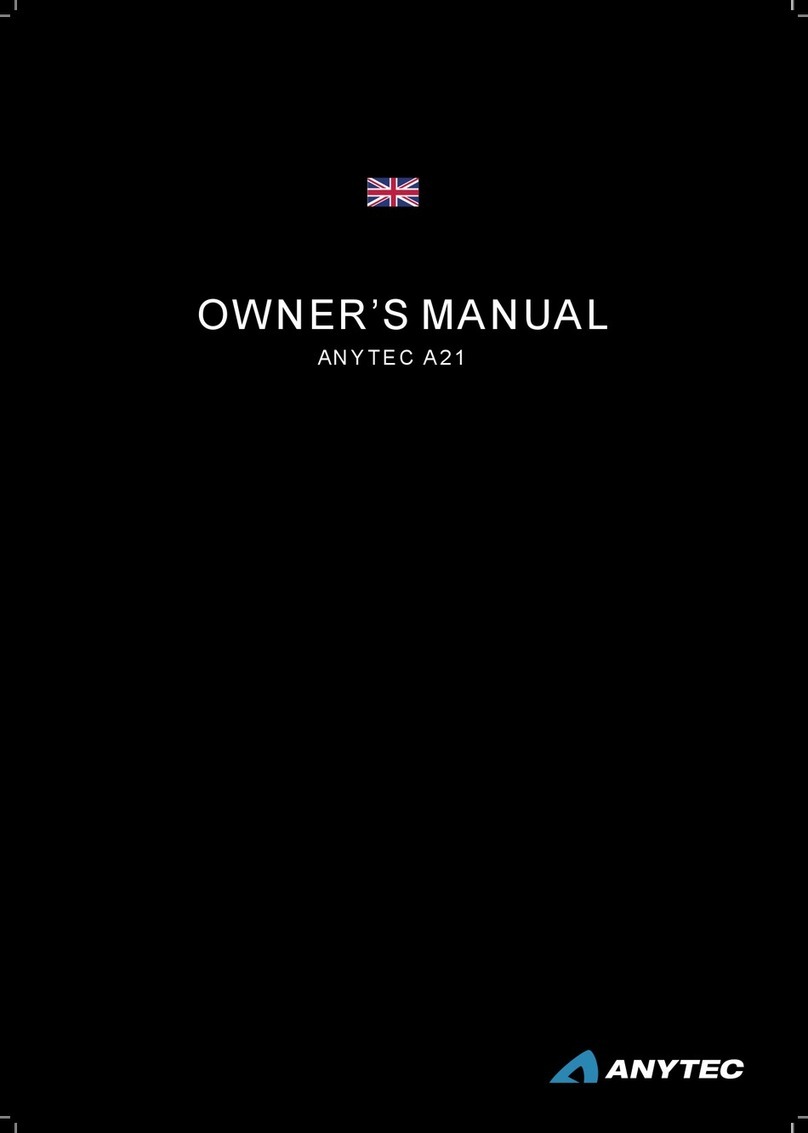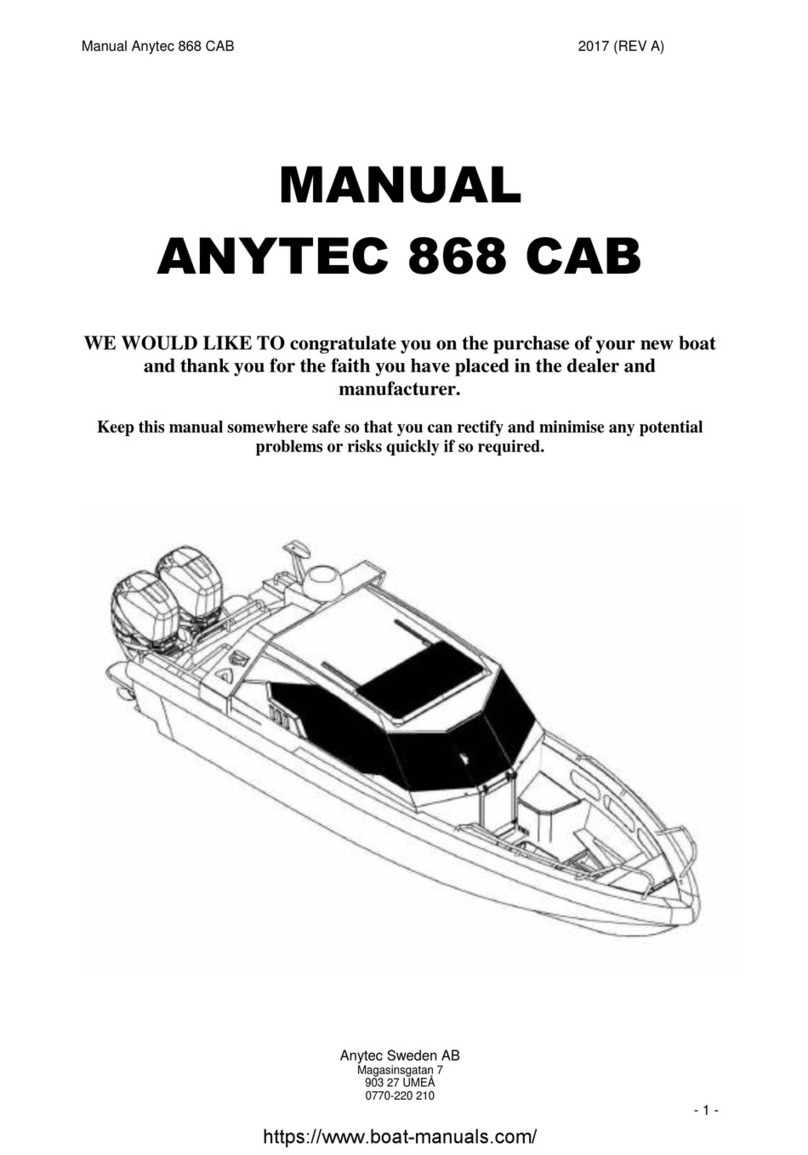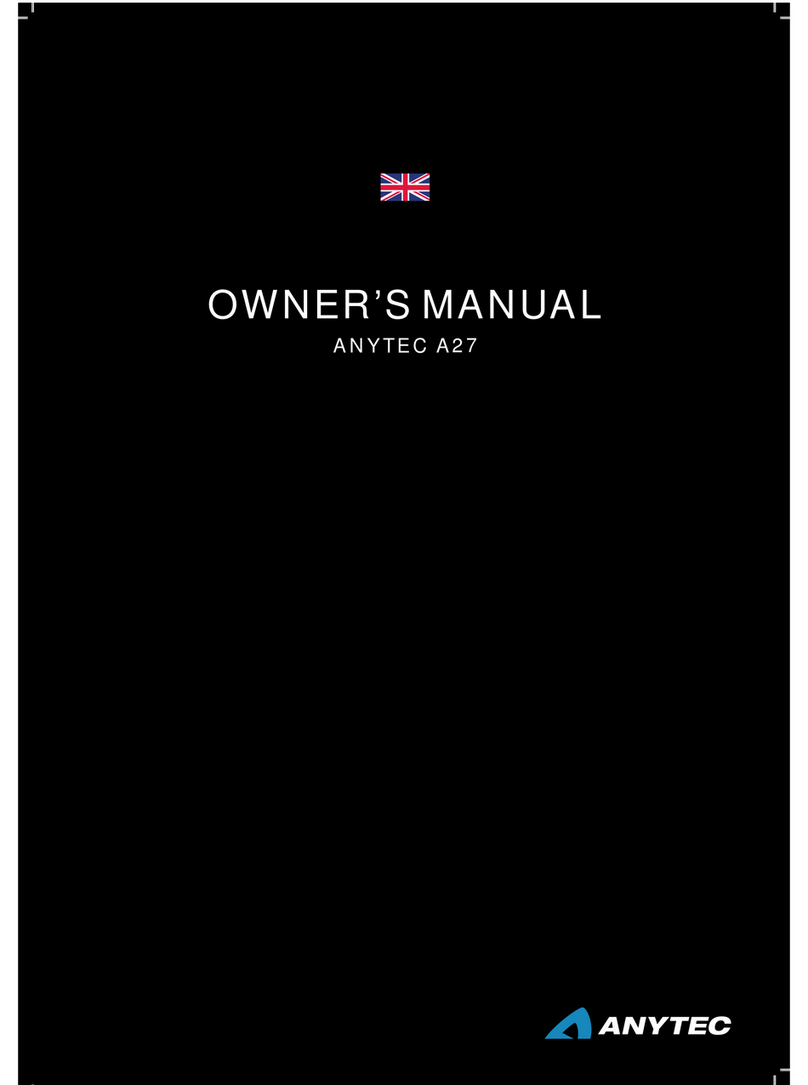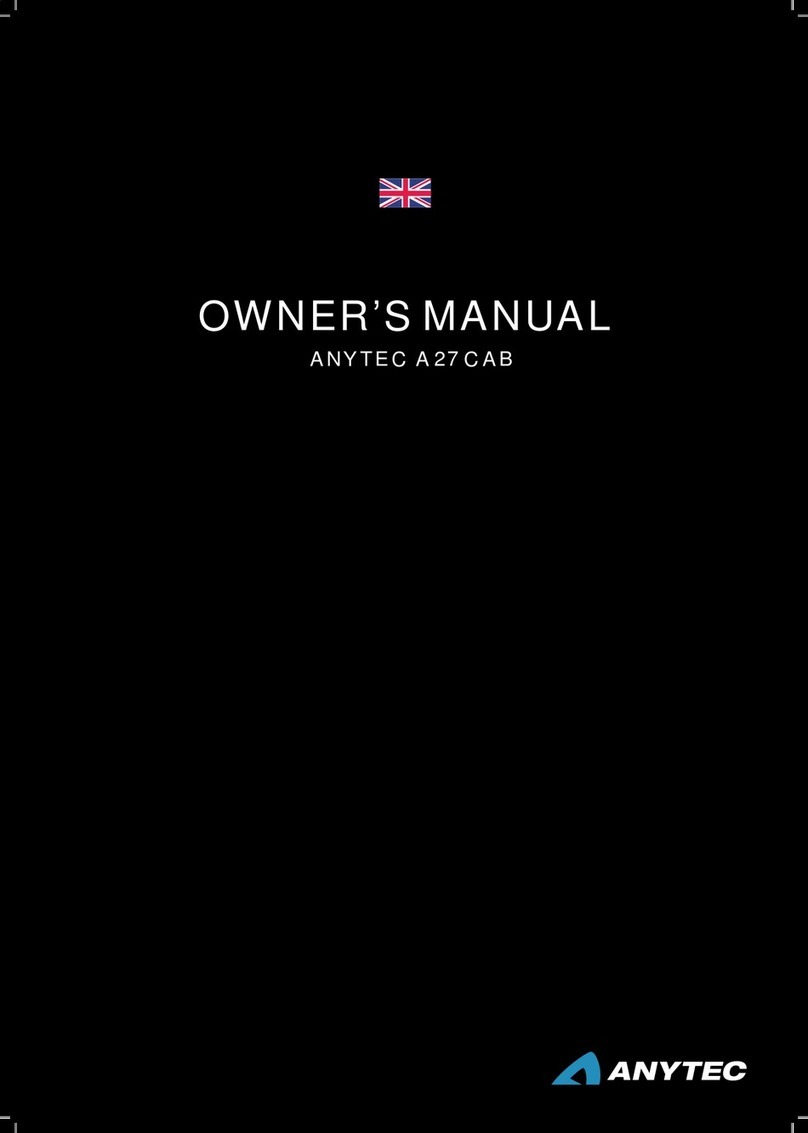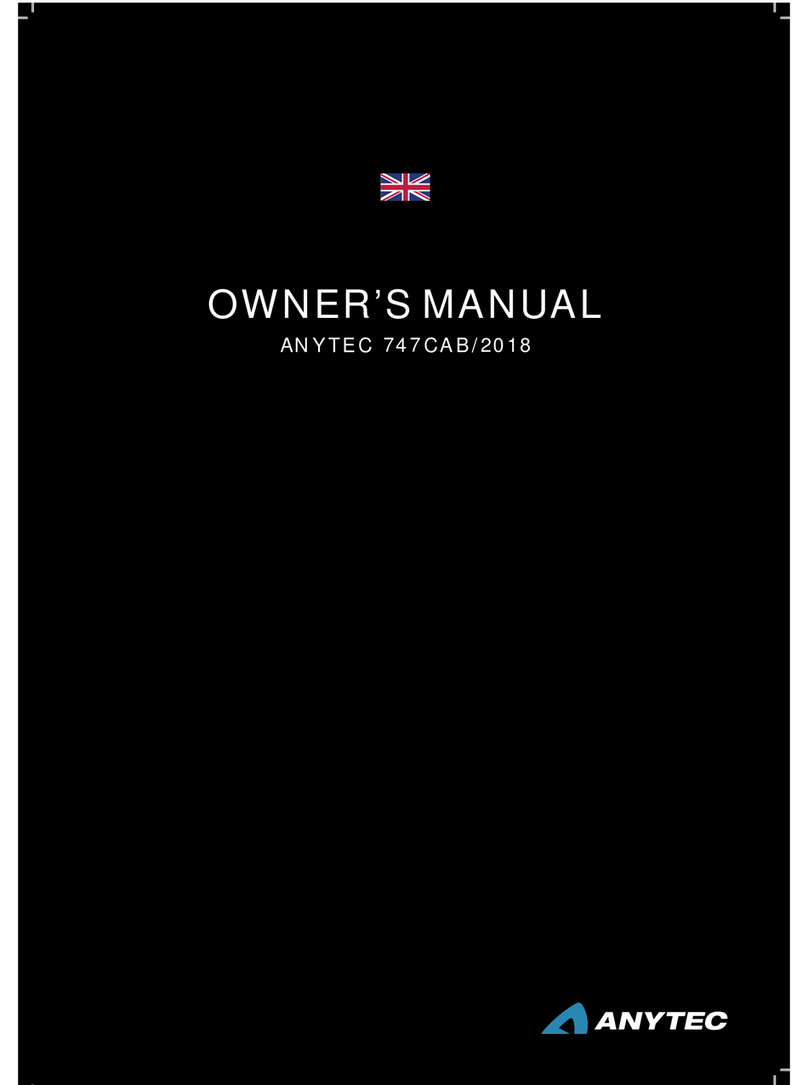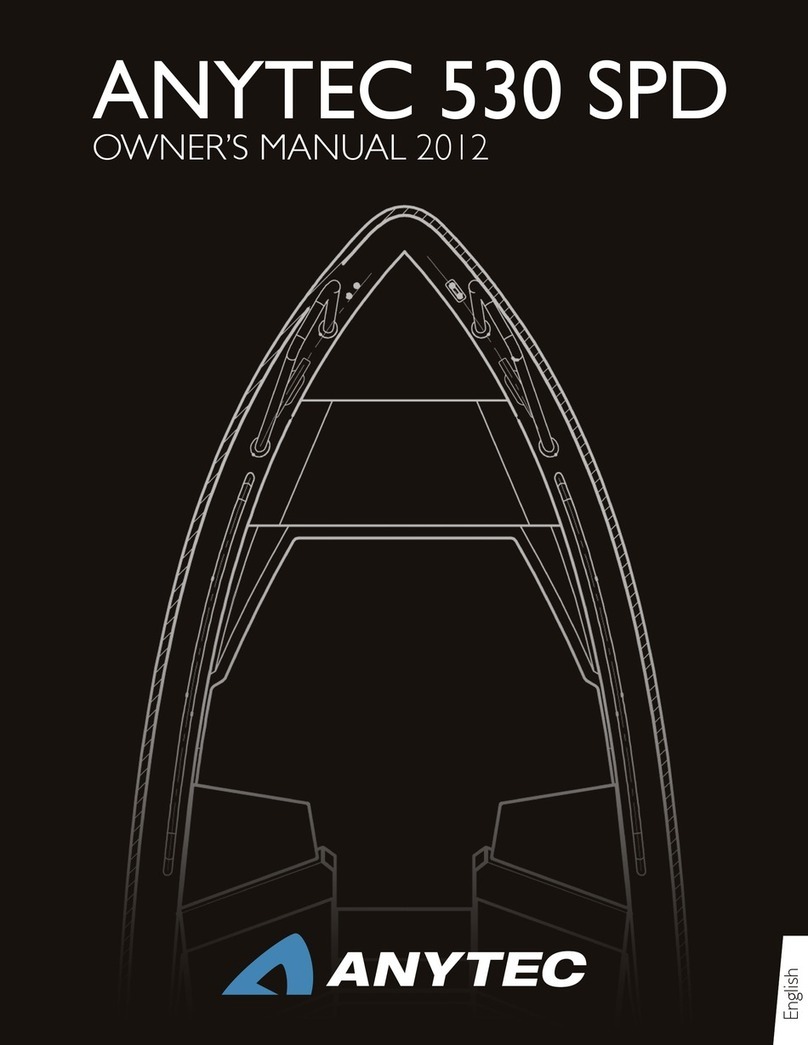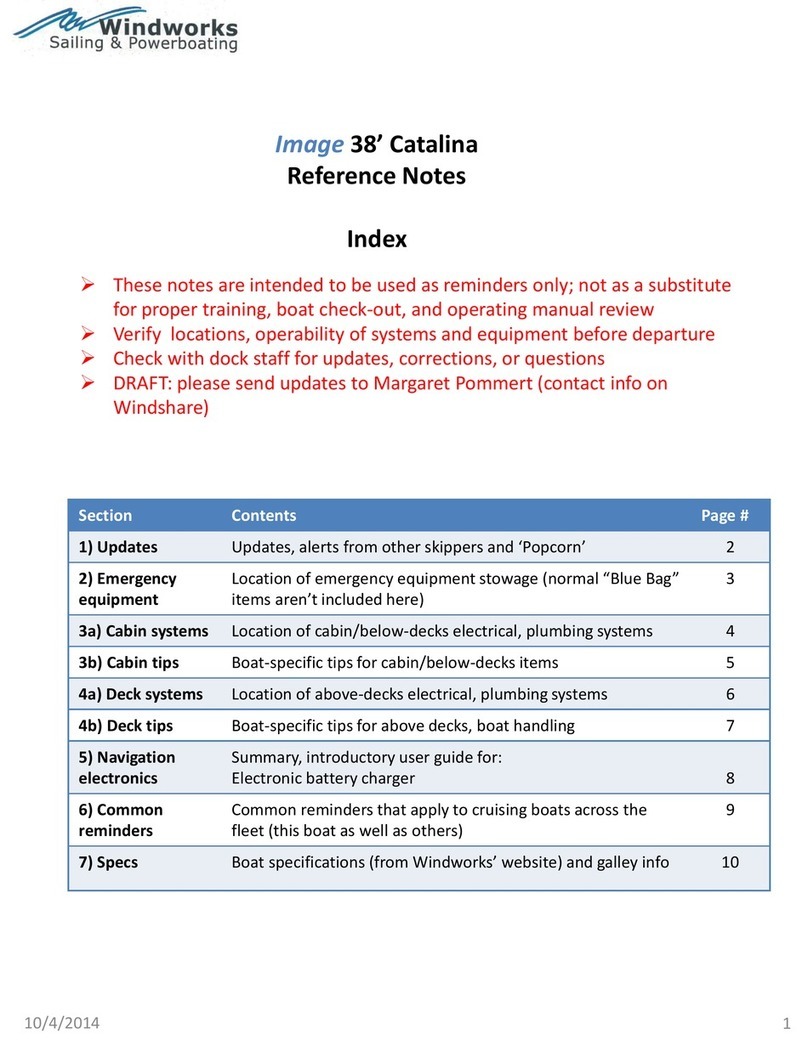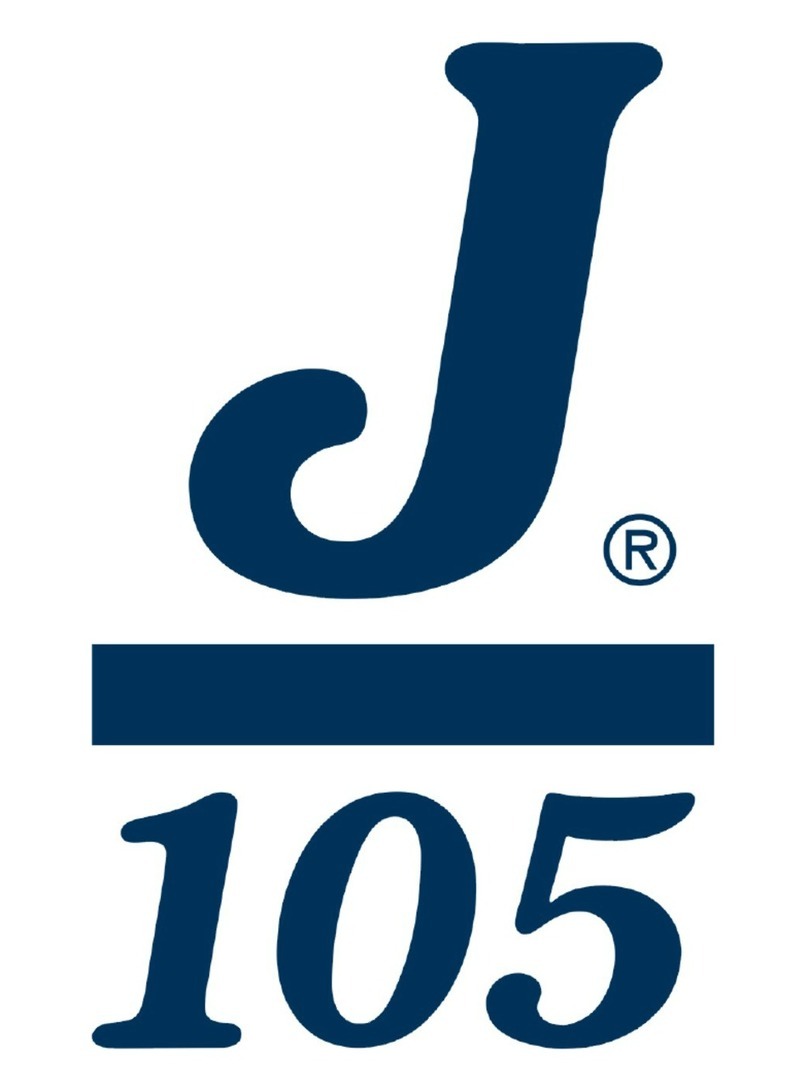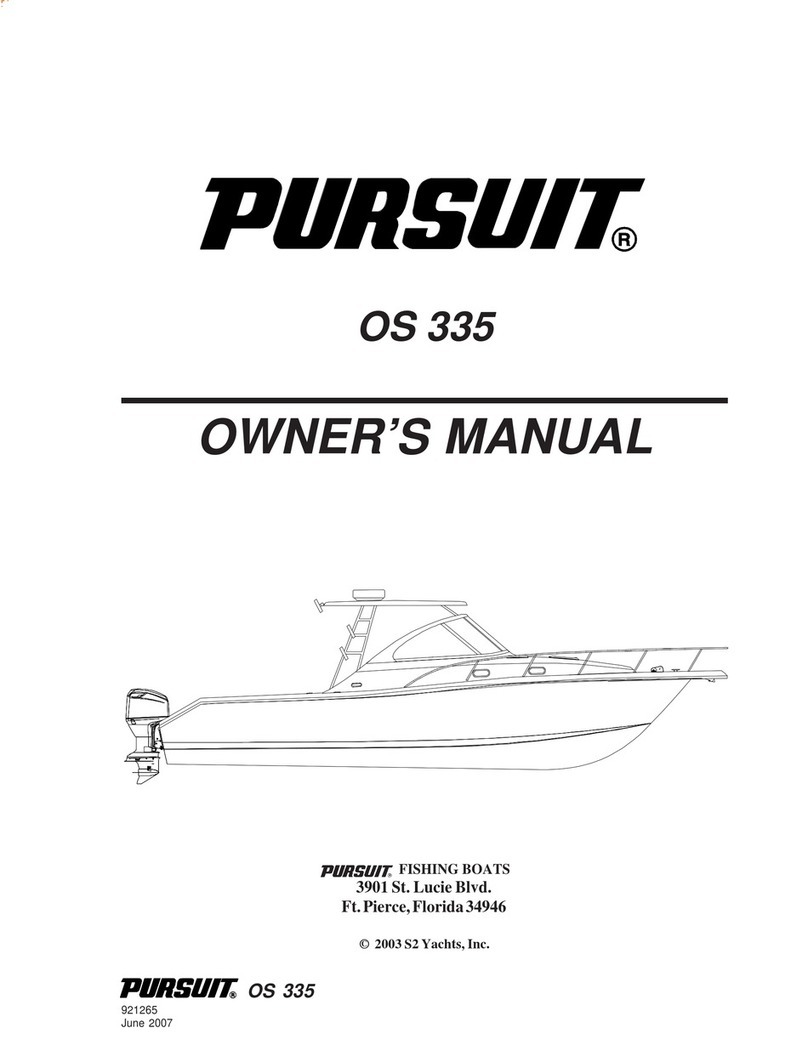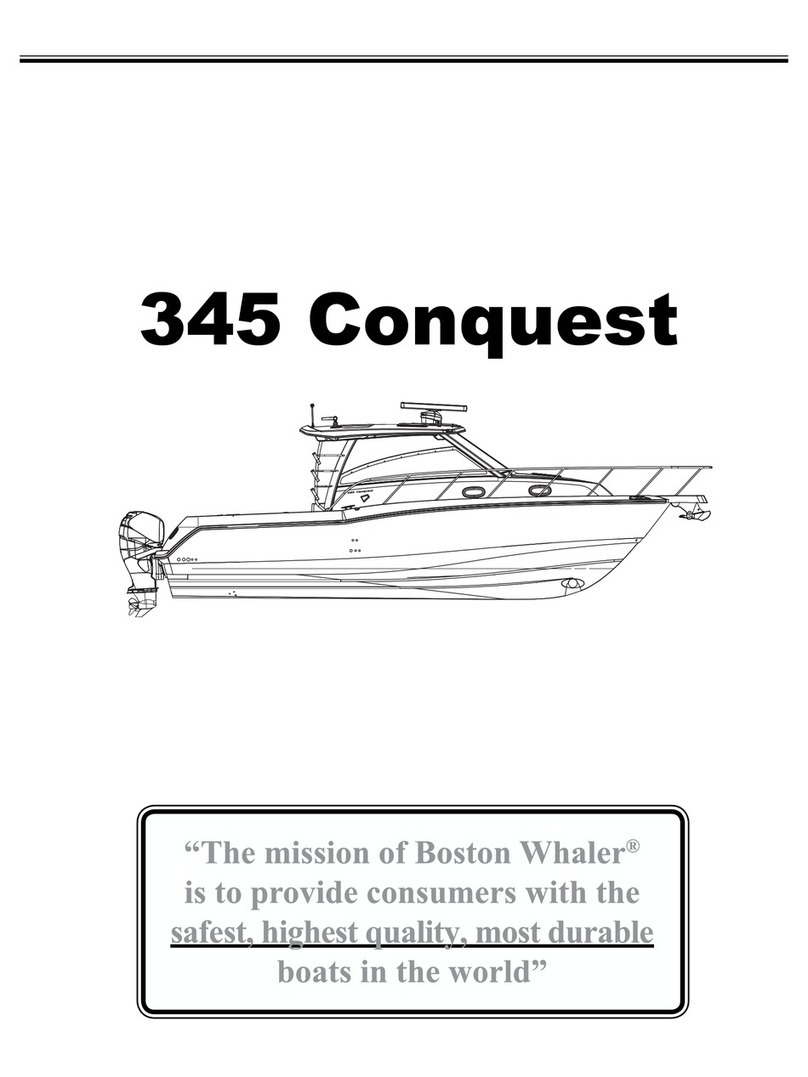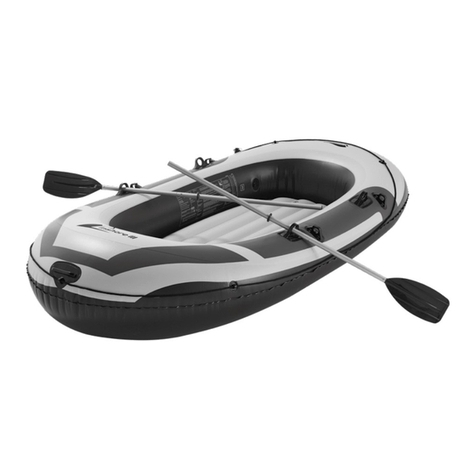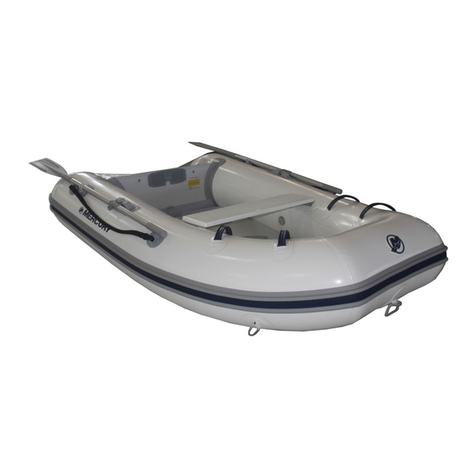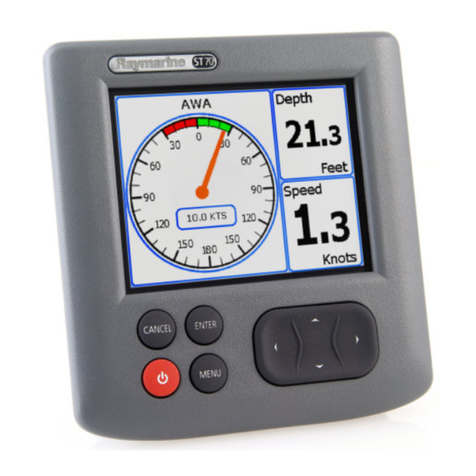
WELCOME ABOARD..................................................................................1
1. INTRODUCTION.....................................................................................3
1.1 ABOUT THIS OWNER’S MANUAL....................................................................................3
1.2 GENERAL DESCRIPTION...................................................................................................4
1.3 CRAFT IDENTIFICATION NUMBER (CIN) ......................................................................4
1.4 EXPLANATION OF SAFETY LABELS..................................................................................5
1.5 DEALER RESPONSIBILITIES ................................................................................................5
1.6 WARRANTY ......................................................................................................................6
1.7 INSURANCE .......................................................................................................................6
1.8 SECURMARK ANTI-THEFT MARKING AND TRACKING SYSTEM...................................6
2. OPERATING THE BOAT........................................................................7
2.1 SAFETY ROUTINES BEFORE LEAVING THE SHORE..........................................................7
2.1.1 Weather and forecast ........................................................................................................................... 7
2.1.2 Loading ....................................................................................................................................................... 7
2.1.3 Passengers ................................................................................................................................................. 7
2.1.4 Fuel .............................................................................................................................................................. 7
2.1.5 Engine ......................................................................................................................................................... 7
2.1.6 Fastening of objects................................................................................................................................ 7
2.1.7 Nautical charts......................................................................................................................................... 7
2.1.8 Safety check of the boat....................................................................................................................... 8
2.1.9 Inform about your route ....................................................................................................................... 8
2.2 EMERGENCY ENGINE SHUTDOWN SWITCH .................................................................8
2.3 MAN OVERBOARD PREVENTION AND RECOVERY .......................................................8
2.4 FIRE PREVENTION .......................................................................................................... 10
2.4.1 Fire extinguisher.................................................................................................................................... 10
2.4.2 Fire port................................................................................................................................................... 11
2.4.3 Refuelling ................................................................................................................................................ 12
2.4.4 Webasto heater (diesel fuel), optional equipment.................................................................... 13
2.5 STARTING THE BOAT .................................................................................................... 14
2.5.1 Starting the engine .............................................................................................................................. 14
2.5.2 After starting the engine .................................................................................................................... 14
2.5.3 Leaving the shore ................................................................................................................................. 14
2.6 OPERATING THE BOAT AT SEA.................................................................................... 15
2.6.1 Trim of boat pitch (longitudinal angle) ......................................................................................... 16
2.6.2 Trim of the boat roll (transverse movements)............................................................................ 17
T A B L E O F C O N T E N T S

